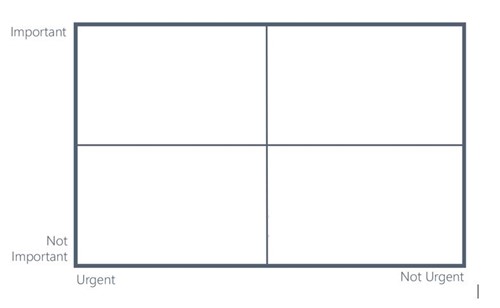In the UX, marketing, and product development communities, we often debate the usefulness of qualitative or quantitative research methods as if one is better than the other. Much like any other tool, no one data type is necessarily better than the other, though it may be more efficient and better equipped to answer a specific set of questions. At Usability Sciences, we're no longer debating if one is better than the other; instead, we're shifting the conversation to when and how to use the tools in our toolbox.
Step One : Identify the Need
The most critical step in choosing a research type is identifying and understanding the need for research. What do you need to LEARN? Why? What HAPPENED to cause you to do this work?
To help you get started, answer the following questions on a sticky (one per sticky).
- What event inspired you to do research?
- What do you want to know about your customer?
- What do you want to prove to someone else?
Next to each response, ask yourself WHY? Continue to ask yourself WHY until you have run out of answers to your whys. Typically, this activity lasts up to 5 rounds but could take more or less time, depending on the complexity of the problem. This process is called "Why Laddering" and is often used by practitioners to drill into user feedback but is just as effective when trying to find the root cause of a problem.

Serrat, Olivier. (2017). The Five Whys Technique.
Step Two: Frame your Questions
Based on the problems you've identified on the worksheet:
- list the questions you need answered to solve the problem
- group redundant or related questions together
- determine the overall themes of each question group and refine
- restate the refined group of questions on individual sticky notes
- highlight or circle any of the 7 Key Questions (who, what, when, where, why, how or how much)
Step Three: Prioritize the Need
Next, prioritize what is essential to you and your research project RIGHT NOW. Assuming you have limited time and budget, what type of information would best help you solve your problem, and what is just nice to have? An easy way to do that is to plot your answers on a prioritization grid.
- On a whiteboard or using four pieces of paper, create this board.
- Plot your refined questions of the grid

Ask yourself the following questions, "How important is this question to my problem?" and "When do I need to know this information?"
Once all the questions have been plotted, copy the labels from this chart to yours.

Eisenhower Matrix -Thinking Focus
- Anything in the Important/Urgent quadrant will move on to the next step
- Anything in the Important/Not Urgent quadrant is nice to have, but not critical for research
Step Four: Define Success
Next, envision your post-research, best-case scenario. What do you hope to do with your learnings? How will you know this research is successful? Are you trying to...

Step Five: Choose a Method
I know it feels like a lot, but you should now have a clear view of what you need. You probably already know if you're on the qual or quant side. If not, here's an easy way to pick a side...

The last step is to choose a method. We've put together a Venn diagram to illustrate the most common research types. If these don't meet your needs, you can explore other types at Usability.gov, or schedule time to chat with one of our researchers.

Summary
Albert Einstein said that if given an hour to solve a problem, he would spend 95% of it planning it out. While thinking through research needs at this granularity is sometimes time-consuming, it's more productive and cost-effective in the long run. I encourage you to take some time, dig into the questions, prioritize what you need to know, and choose the right method for the job!
Resources:
How To Frame a Problem To Find the Right Solution
Debunking 5 Popular Qualitative Research Myths
Photo by Jon Tyson, Unsplash
